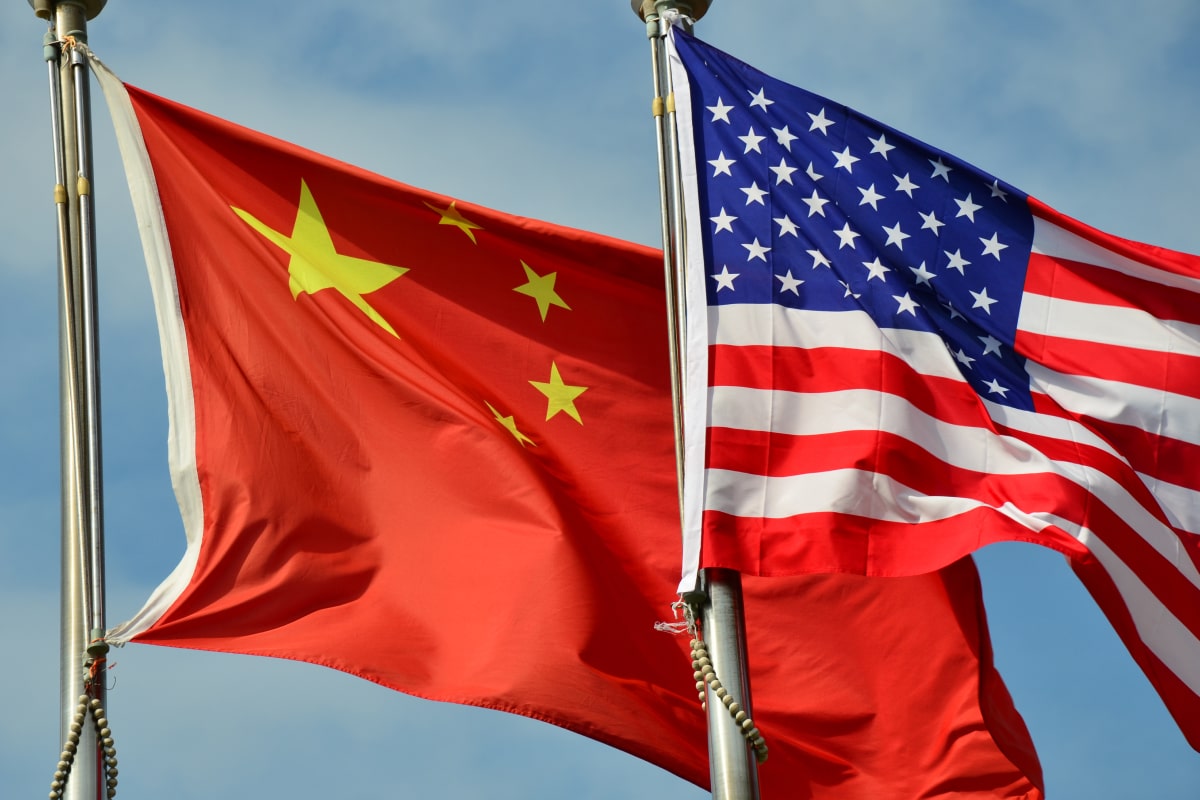After months of anticipation and strategic maneuvering, high-level trade negotiations between the United States and China resumed this week, reigniting hope for a thaw in one of the world’s most consequential economic relationships. Market participants responded positively to news of the talks, pushing equity indexes higher amid expectations of easing tariffs and improved bilateral cooperation.
Background: The Trade Relationship and Recent Tensions
The U.S.–China trade relationship has long been a complex blend of cooperation and competition. Since the early 2010s, the two largest economies have been intricately linked through supply chains, investment, and trade flows, but also marked by growing tensions over issues ranging from intellectual property rights to market access and geopolitical disputes. Trade talks had stalled in late 2024 amid disagreements over enforcement mechanisms and China’s industrial policies, leading to a series of retaliatory tariffs and regulatory restrictions that disrupted global markets. The previous round of negotiations failed to yield a comprehensive agreement, leaving businesses and investors navigating uncertainty throughout early 2025.
Details of the Current Talks
The renewed discussions, held in Beijing and Washington over multiple days, involve senior officials from both governments, including representatives from trade, finance, and commerce ministries.
Key agenda items include:
- Tariff Reductions: Both sides are exploring phased rollback of tariffs imposed since 2018, aiming to reduce trade costs and reinvigorate cross-border commerce.
- Technology Transfers and Intellectual Property (IP): The U.S. is pressing China to strengthen protections against forced technology transfers and to enforce IP rights more rigorously, while China is seeking more clarity on the scope of these demands.
- Supply Chain Security: Discussions also focus on building resilient and transparent supply chains, especially in critical sectors like semiconductors, rare earth minerals, and pharmaceuticals.
- Agricultural Trade: China’s commitment to increasing purchases of U.S. agricultural products remains a critical component, with both sides eyeing expanded access for American farmers.
- Regulatory Barriers: Addressing non-tariff barriers such as licensing requirements, standards, and customs procedures is seen as key to facilitating smoother trade flows.
Market Reactions and Investor Sentiment
Financial markets have greeted the news of resumed talks with cautious optimism. Major U.S. stock indices, including the S&P 500 and Nasdaq Composite, rallied in the hours following the announcement, reflecting hopes that easing trade tensions will boost corporate earnings and global growth prospects. Commodity markets also responded, with prices for key industrial metals such as copper and aluminum rising on expectations of increased demand from China. “Trade stability between the U.S. and China is crucial not just for these two economies but for the global supply chain,” said Mark Chen, chief global strategist at Horizon Investments. "Any progress in these talks reduces uncertainty, which markets hate. We’re seeing a relief rally, though investors remain mindful that trade negotiations are inherently complex and subject to setbacks."
Challenges and Roadblocks Ahead
Despite the positive tone, analysts caution that significant hurdles remain before a durable agreement can be reached:
- Geopolitical Tensions: Issues such as Taiwan, cybersecurity concerns, and regional military posturing continue to cast a shadow over negotiations, as political considerations often influence economic discussions.
- Domestic Political Pressures: Both governments face internal stakeholders with diverging interests. In the U.S., protectionist voices urge a tough stance to safeguard domestic industries, while China balances economic opening with political control.
- Verification and Enforcement: Establishing effective mechanisms to monitor and enforce compliance has historically been a sticking point in U.S.–China trad agreements.
- Technology Competition: As both countries vie for leadership in emerging technologies like AI, quantum computing, and 5G, trade talks must reconcile competitive interests with cooperation frameworks.
Global Implications of a Potential Deal
A successful trade agreement could have broad-reaching effects beyond bilateral relations:
- Supply Chain Realignment: Companies may accelerate cross-border investment and manufacturing, reducing costs and enhancing efficiency.
- Global Economic Growth: Easing trade frictions can support growth in Asia and North America, boosting exports, corporate profits, and employment.
- Currency Stability: Improved relations might reduce pressure on the U.S. dollar and Chinese yuan, leading to more predictable currency markets.
- Multilateral Trade Frameworks: Progress could pave the way for broader engagement in organizations like the World Trade Organization (WTO), encouraging global trade liberalization.
Voices from the Business Community
Major corporations with significant exposure to China have welcomed the renewed talks. For instance, Apple, which relies heavily on Chinese manufacturing, expressed cautious optimism about reduced tariffs and streamlined regulatory procedures. Agricultural groups in the U.S. hope expanded market access will help farmers recover from recent export losses linked to trade tensions. Meanwhile, Chinese industrial associations emphasize the importance of securing technology transfers and protecting domestic innovation capacity.
Looking Forward: Key Milestones and Timelines
The trade talks are expected to continue through mid-2025, with negotiators aiming for a framework agreement by the end of summer. However, experts warn that detailed implementation and enforcement could extend over years. Investors and businesses will closely monitor official statements, tariff announcements, and regulatory changes for clues on progress. Trade analysts recommend caution, noting that while renewed dialogue is a positive development, lasting solutions require addressing underlying structural issues.
Summary
The resumption of U.S.–China trade talks marks a critical juncture in global economic relations. Markets have responded favorably, anticipating that easing tariffs and improved cooperation will help fuel growth and reduce uncertainty. However, substantial challenges remain, including geopolitical tensions and complex enforcement issues. Stakeholders from governments to multinational corporations are watching closely as these negotiations unfold, recognizing that the outcomes will shape trade flows and economic dynamics for years to come.






